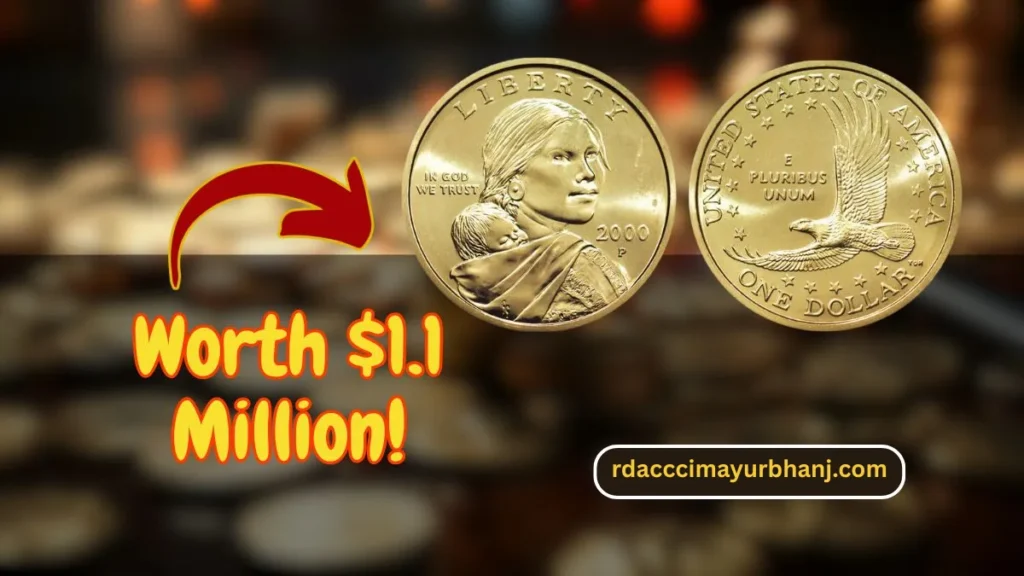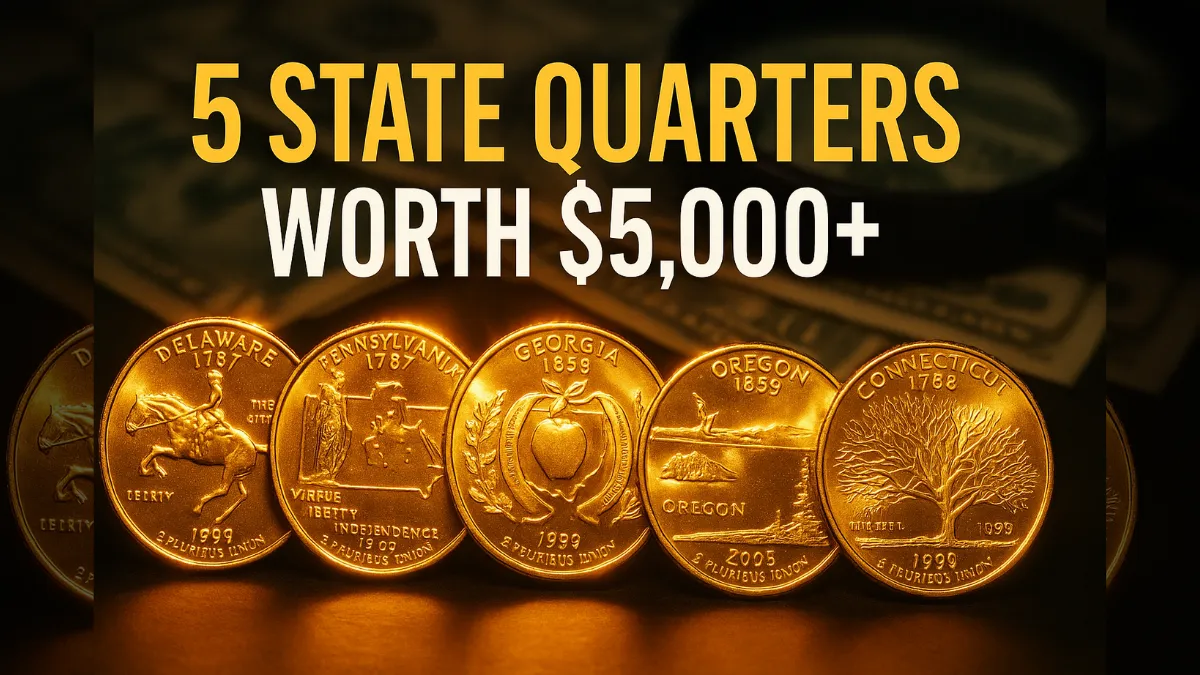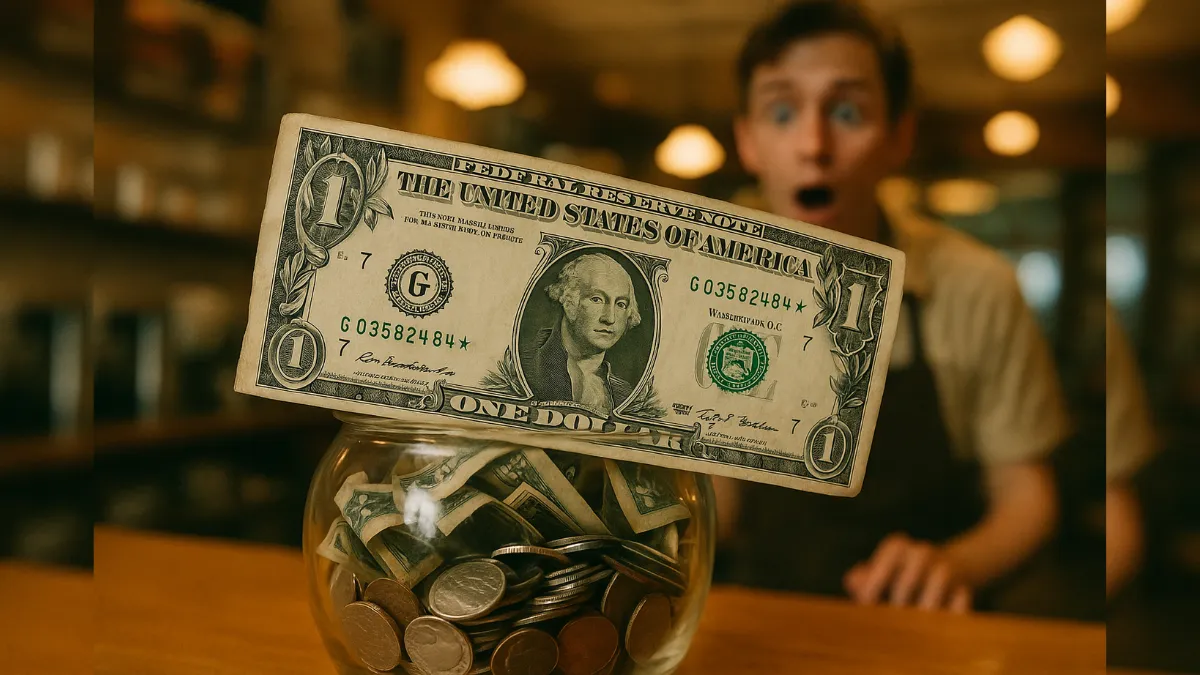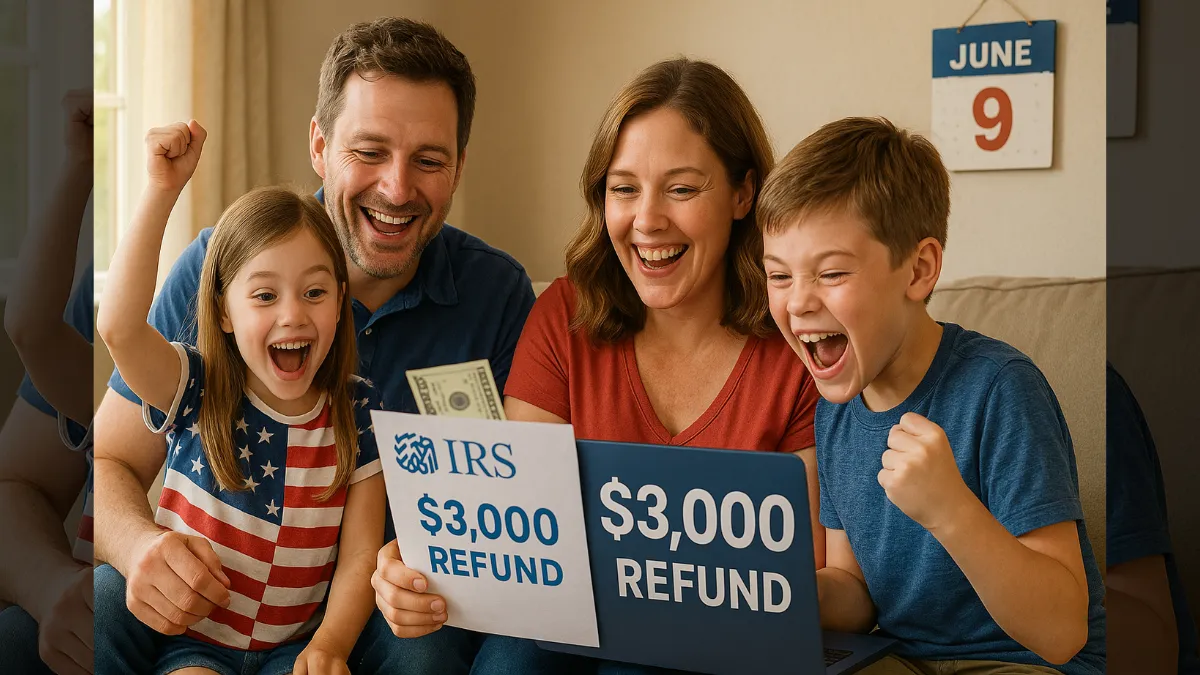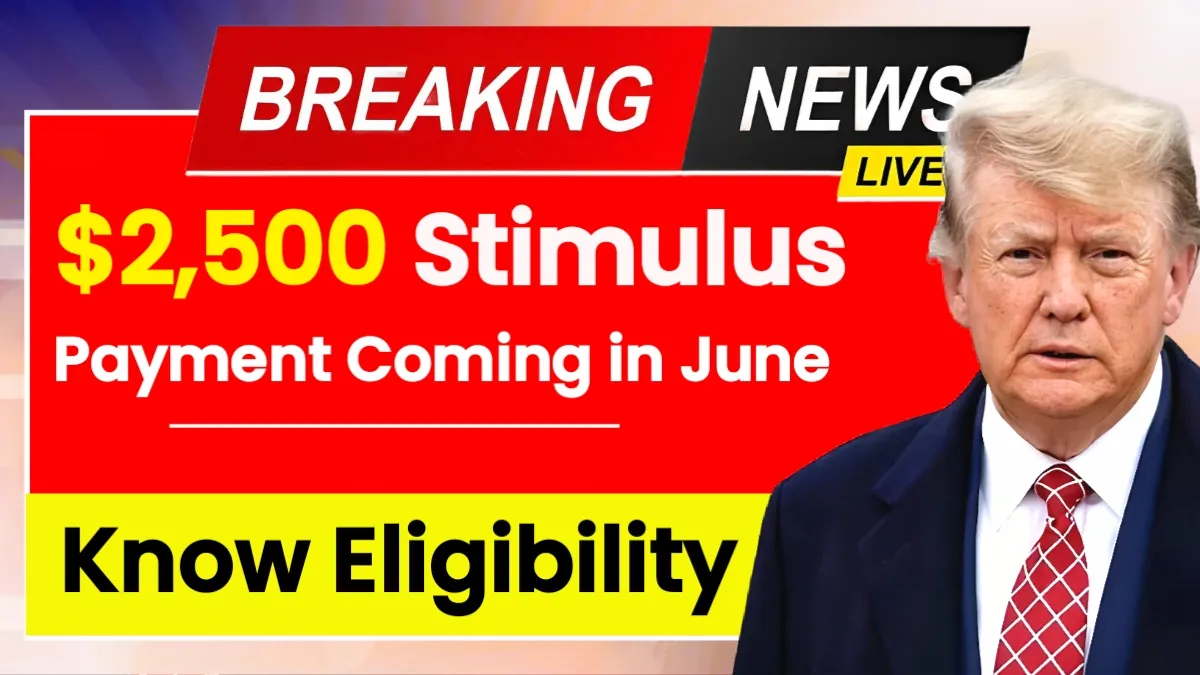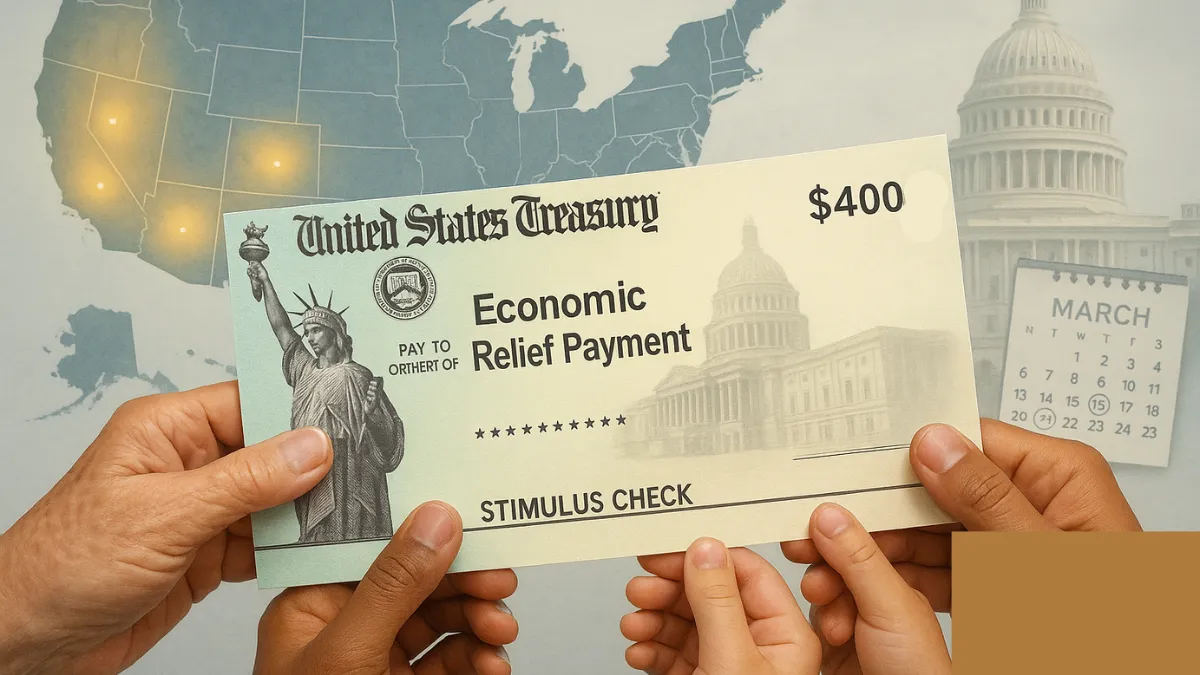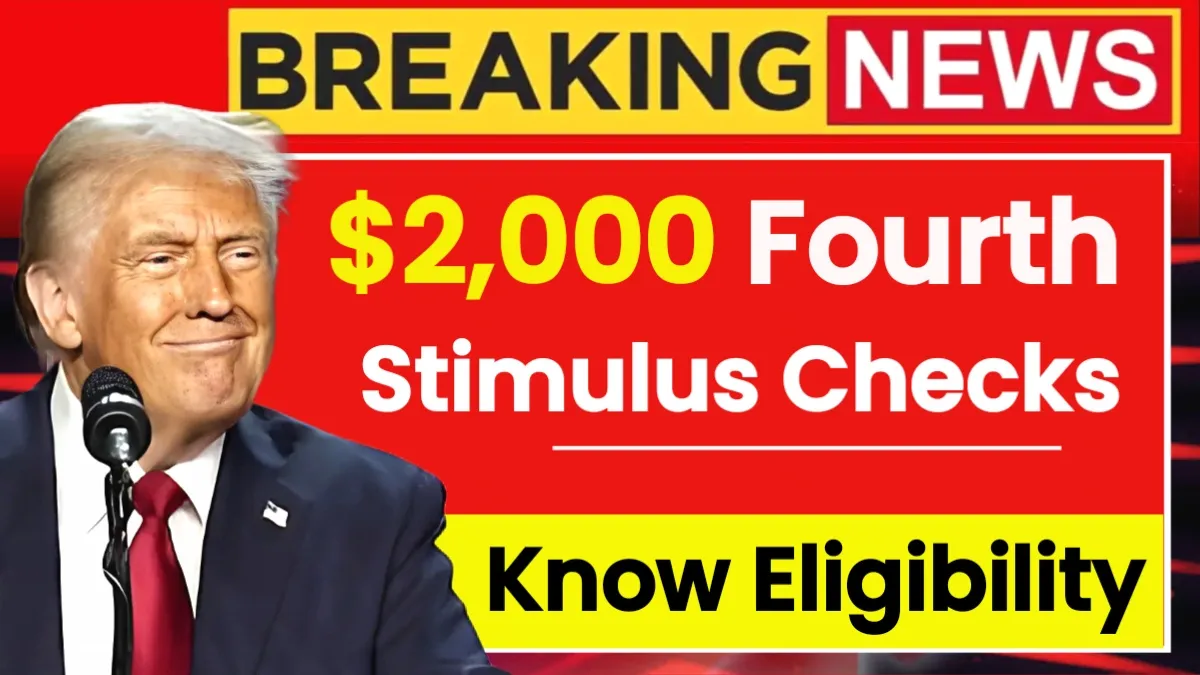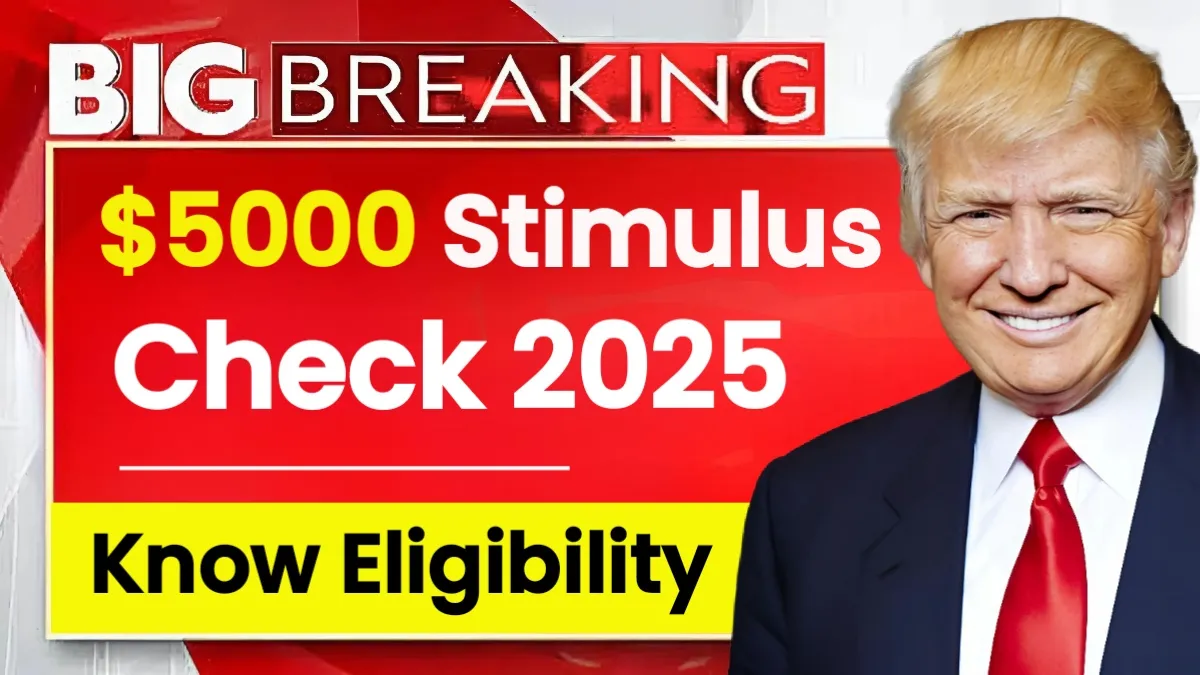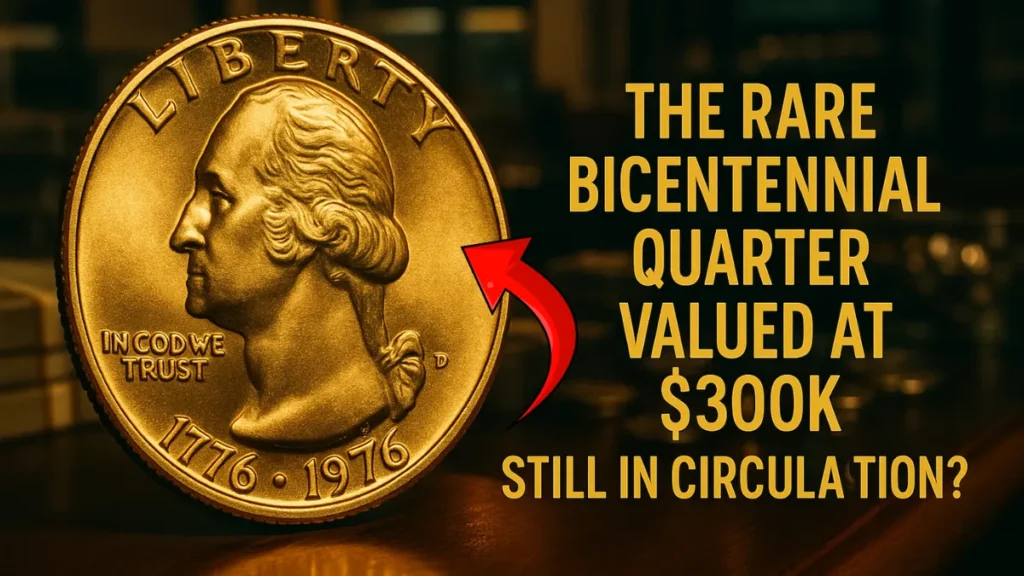In a Remarkable Turn of Events: Sacagawea Dollar Mistaken for Token Sells for $1.1 Million
An incredible discovery shocked the numismatic world when a Sacagawea dollar coin—once believed to be a mere game token—was verified and sold for a staggering $1.1 million. This surprising outcome underscores how valuable minting errors can be and showcases the potential rewards within coin collecting.
What was once tucked away among a family’s old game pieces turned out to be a rare and highly valuable collector’s item.
The Discovery: From Token to Million-Dollar Coin
The rare coin emerged from a family’s game drawer, initially dismissed as just another plastic token. A closer look by an experienced coin expert revealed something extraordinary. The piece was identified as a 2000-P Sacagawea dollar, but with a significant error: it was struck on a quarter blank—creating what’s known as a mule error.
A mule error happens when mismatched dies—intended for different coins—are mistakenly used together, producing a unique hybrid design.
The coin was submitted to a top-tier grading authority for authentication. Upon evaluation, it was confirmed to be an authentic Sacagawea dollar minted on a quarter planchet. It received a Mint State 66 (MS-66) rating, indicating it was in near-flawless condition.
Its rare minting mistake and high-quality grade contributed to the exceptional sale price.
Auction Highlights: A Record-Breaking Sale
Following its authentication, the coin was listed for auction, attracting widespread interest from elite collectors and investors. Bidding was intense, eventually culminating in a winning offer of $1.1 million—setting a new benchmark for Sacagawea dollar coins.
This historic sale demonstrated how significant minting anomalies can dramatically elevate a coin’s market value, especially when paired with excellent preservation.
The combination of a mule error and near-mint condition made this coin a prized target for serious numismatists, proving that certain flaws can lead to incredible profits.
What is a Mule Error?
A mule error is one of the rarest and most fascinating mistakes in coin production. It results when dies from two different coins are accidentally used together to create a hybrid coin with mismatched sides.
In this case, the coin displayed Sacagawea’s portrait on the front and the reverse design of a Washington quarter. This unusual blend of two coin types made it not only a unique error but also a valuable historical artifact.
Mule errors are exceptionally rare, with only a limited number ever discovered. Because of their rarity and unusual characteristics, they are highly coveted by collectors. As awareness of these unique errors spreads, their value continues to rise.
Key Facts at a Glance
| Feature | Description |
|---|---|
| Coin Type | Sacagawea Dollar |
| Mint Year | 2000-P |
| Error Type | Mule Error (Struck on a quarter blank) |
| Grading | MS-66 (Mint State 66) |
| Sale Price | $1.1 Million |
| Auction Type | Private Auction |
| Discovery Location | Found among family game pieces |
| Authentication | Professional Coin Grading Service (PCGS) |
Lessons for Coin Collectors
This incredible find serves as a reminder of the potential value hidden in everyday items. Collectors should take the time to thoroughly examine their coins, especially for minting errors involving mismatched denominations, as they can significantly increase a coin’s worth.
Professional evaluation and grading can be crucial. Reputable services can confirm a coin’s authenticity and help determine its true market value.
The $1.1 million sale of this Sacagawea dollar is a testament to the importance of careful scrutiny and expert insight. What seemed like a common game piece turned out to be a historic and highly valuable numismatic treasure.
For collectors, the message is clear: never underestimate the value of a coin until it’s been thoroughly examined.
FAQs
What is a mule error in coin minting?
A mule error happens when dies from two different coins are used together, resulting in a coin with mismatched obverse and reverse designs—such as a Sacagawea dollar paired with a Washington quarter reverse.
How can I identify a mule error on a Sacagawea dollar?
Check both sides of the coin. A clear sign of a mule error is when the front and back designs belong to two different coin types—like a Sacagawea dollar front with a quarter’s reverse.
Where can I get my coin authenticated?
Trusted grading services such as the Professional Coin Grading Service (PCGS) and the Numismatic Guaranty Corporation (NGC) provide expert authentication and grading for coins, helping determine their authenticity and value.
Is it common to find valuable coins among everyday items?
While rare, valuable coins have been found in coin jars, collections, and even game boxes. It pays to inspect coins closely or consult with a numismatic expert for a proper evaluation.
